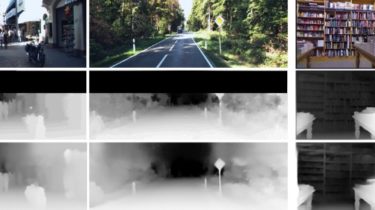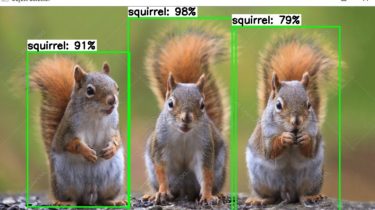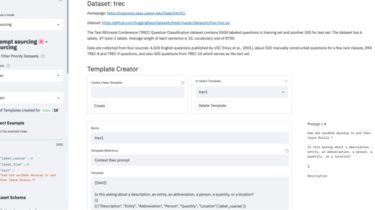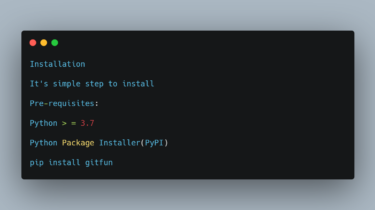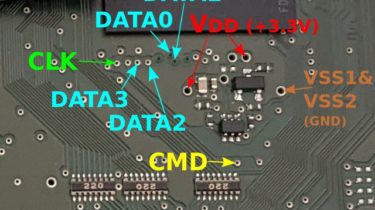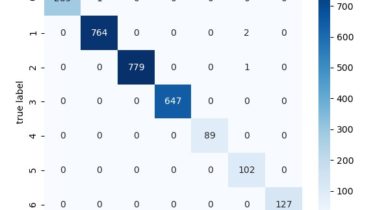Monocular Depth Estimation Using Laplacian Pyramid-Based Depth Residuals
LapDepth-release This repository is a Pytorch implementation of the paper “Monocular Depth Estimation Using Laplacian Pyramid-Based Depth Residuals” Minsoo Song, Seokjae Lim, and Wonjun Kim*IEEE Transactions on Circuits and Systems for Video Technology (TCSVT) Requirements Python >= 3.7 Pytorch >= 1.6.0 Ubuntu 16.04 CUDA 9.2 cuDNN (if CUDA available) some other packages: geffnet, path, IPython, blessings, progressbar Pretrained models You can download pre-trained model Demo images (Single Test Image Prediction) Make sure you download the pre-trained model and placed it […]
Read more